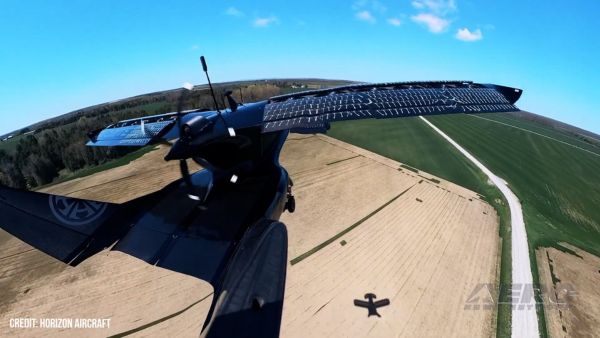Tue, Jun 20, 2023
Pilot Requested A Lower Altitude From Air Traffic Control (ATC) Due To Encountering Ice
Location: Gibbon, NE Accident Number: CEN23FA220
Date & Time: June 2, 2023, 09:07 Local Registration: N977RV
Aircraft: Vans RV7 Injuries: 1 Fatal
Flight Conducted Under: Part 91: General aviation - Personal

On June 2, 2023, at about 0907 Central Daylight Time, a Vans RV-7, N977RV, was destroyed when it was involved in an accident in Gibbon, Nebraska. The pilot was fatally injured. The airplane was operated as a Title 14 Code of Federal Regulations Part 91 personal flight.
Automatic Dependent Surveillance – Broadcast (ADS-B) data revealed that the airplane departed Rocky Mountain Metropolitan Airport (BJC), Denver, Colorado, at 0610 and proceeded direct toward Red Oak Municipal Airport (RDK), Red Oak, Iowa. The pilot filed an instrument flight plan. About two hours after departure from BJC, at an altitude of 15,000 ft mean sea level (msl), the pilot requested a lower altitude from air traffic control (ATC) due to encountering ice. The controller gave the pilot a block altitude between 11,000 and 15,000 ft msl, and the pilot began a descent. Shortly after the pilot began his descent, the controller advised him that there was “extreme precipitation” in the area. About one minute later, the controller told the pilot that he was permitted a lower altitude if he wished to continue to descend. There was no further response from the pilot.
Dashboard camera footage from a car traveling east bound on Interstate 80, captured the airplane descending in a nose-down attitude. The airplane impacted an open grassy area surrounded by trees about 260 ft south of the interstate. The debris field was generally aligned on a 257° heading, and the main wreckage came to rest upright. Ground scaring at the accident site confirmed that the airplane was in a nose-down attitude when it struck the ground. The initial impact point consisted of a two-foot deep crater with the propeller embedded in it. The propeller was still intact at the hub; however, it was separated from the engine flange.
The dashboard board camera footage also revealed that it was raining heavily at the time of the accident with a low overcast cloud layer. Weather radar images at the time of the accident depicted heavy precipitation and thunderstorms in the vicinity.
More News
“Each Honor Flight mission is a special occasion, but the ability to be a part of EAA AirVenture always creates unforgettable moments. Honoring our local Vietnam veterans out>[...]
From 2015 (YouTube Edition): The Airframes Displayed At AUVSI 2015 Were Quite Innovative It’s common to visualize a small vertical lift UAV as having 4 to 6 propellers, it&rs>[...]
The Airplane Began A Descent While Still In A Right Turn And Impacted Terrain On March 13, 2025, about 0733 central daylight time, a Cessna 525A airplane, N525CZ, was destroyed whe>[...]
It Looks Like It's Gonna Get A Bit Tight, Klyde FMI: www.klydemorris.com>[...]
Also: Blackhawk’s Replacement, Supersonic Flight, Archer 1Q/25, Long-Range VTOL Program U.S. Secretary of Transportation Sean P. Duffy released an update on progress being ma>[...]
 Aero-News: Quote of the Day (05.25.25)
Aero-News: Quote of the Day (05.25.25) Classic Aero-TV: Efficient Versatility -- NASA GL-10 Greased Lightning
Classic Aero-TV: Efficient Versatility -- NASA GL-10 Greased Lightning NTSB Prelim: Cessna 525
NTSB Prelim: Cessna 525 Klyde Morris (05.23.25)
Klyde Morris (05.23.25) Airborne-NextGen 05.20.25: Drone Regs, Zero-Emission Cargo, Door-Dash Drone
Airborne-NextGen 05.20.25: Drone Regs, Zero-Emission Cargo, Door-Dash Drone



